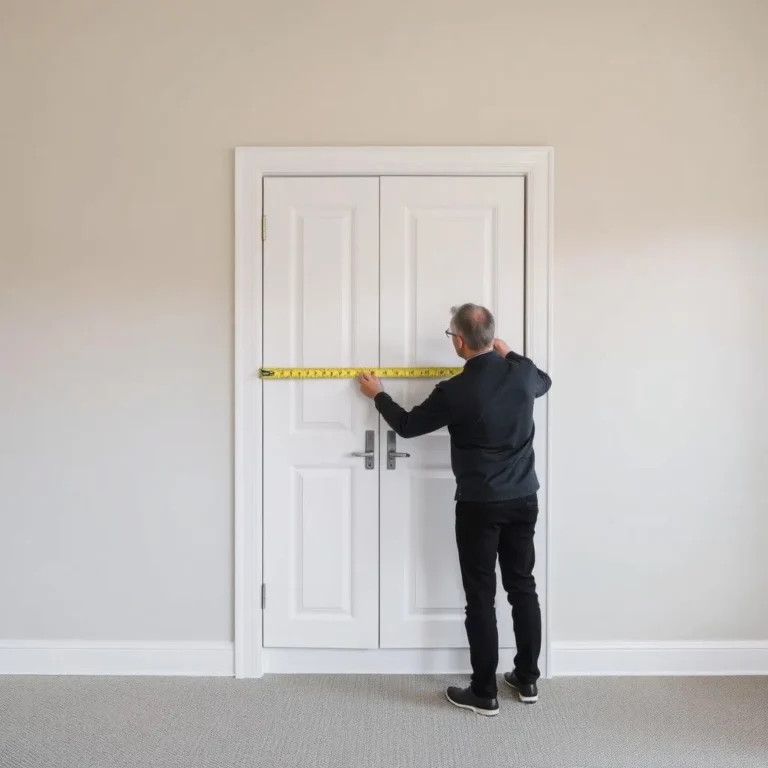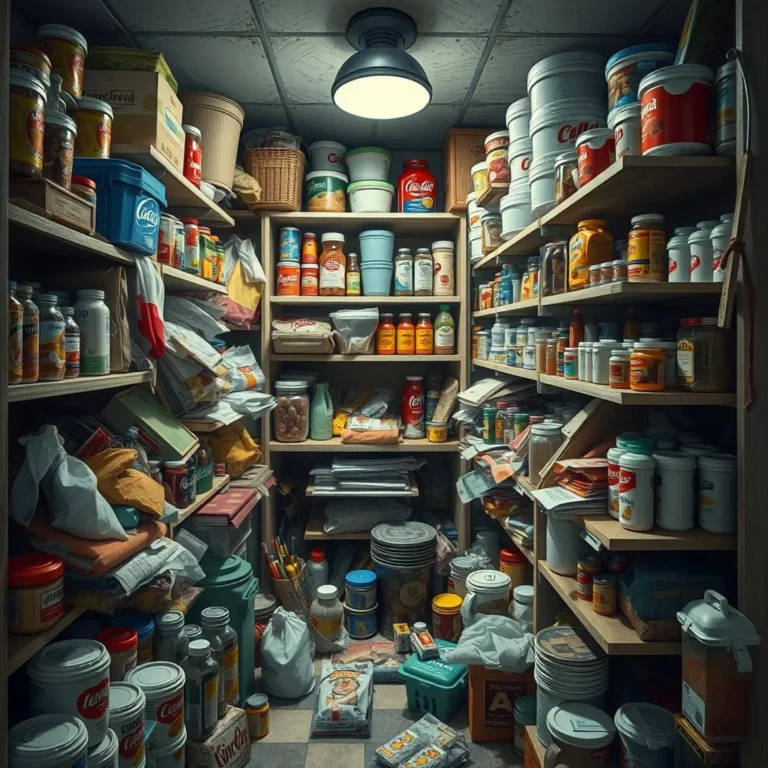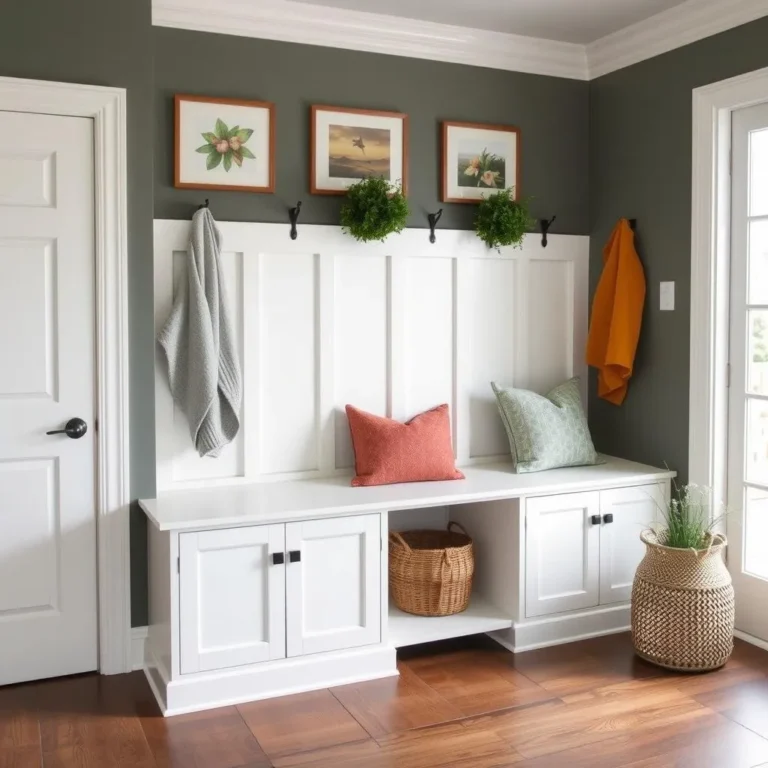Table of Contents
1. Unlocking the Potential: Why a Walk-In Closet Matters
1.1 Beyond Storage: Creating a Sanctuary
1.2 The Emotional Impact of Organized Space
2. Assessing Your Walk-In Closet: A Detailed Audit
2.1 Measuring Your Space: Getting Started
2.2 Identifying Current Challenges and Opportunities
3. Maximizing Space with Smart Design Strategies
3.1 Strategic Placement of Shelves and Rods: Optimizing Vertical Space
3.2 The Power of Zones: Creating Designated Areas
3.3 Corner Solutions: Unlocking Often-Wasted Space
4. Clever Storage Solutions for Every Item
4.1 Shoe Storage Solutions: From Simple to Sophisticated
4.2 Hanging Organization: Maximizing Your Wardrobe
4.3 Drawer Dividers and Organizers: Taming the Chaos
4.4 Jewelry and Accessories: Elegant and Efficient Storage
5. Incorporating Lighting and Functionality
5.1 The Importance of Adequate Lighting
5.2 Adding Mirrors: Enhancing Space and Functionality
5.3 Functional Features: Outlets, Seating, and More
6. Budget-Friendly DIY Walk-In Closet Makeovers
6.1 Repurposing Existing Items
6.2 Affordable Storage Solutions from DIY Stores
7. Investing in Professional Help: When to Call in the Experts
7.1 Recognizing the Benefits of Professional Design
7.2 Understanding the Cost Considerations
8. Maintaining Your Organized Closet: Tips and Tricks
9. Conclusion
10. FAQs
Walk-In Closet Solutions: Turning Chaos into Calm
1. Unlocking the Potential: Why a Walk-In Closet Matters
Having a walk-in closet isn’t just about having more space; it’s about enhancing your life. Think about it – how often do you struggle to find that specific shirt or pair of shoes? A disorganized closet translates to wasted time and unnecessary stress. A walk-in closet, however, provides the opportunity to transform this frustrating experience into a streamlined, efficient, and even enjoyable one.
1.1 Beyond Storage: Creating a Sanctuary
A well-designed walk-in closet becomes more than just a storage space; it evolves into a personal sanctuary. It’s a space where you can prepare for your day, feeling calm and organized. Imagine starting your morning amidst neatly arranged clothes and accessories, instead of rummaging through a cluttered mess. This small change can drastically improve your mood and overall productivity.
1.2 The Emotional Impact of Organized Space
It’s a known fact that a tidy environment fosters a tidy mind. Clutter, conversely, can lead to feelings of overwhelm and anxiety. A walk-in closet makeover is an investment in your mental wellbeing. It’s about reclaiming control over your belongings and creating a space that reflects your personal style and brings you a sense of peace. 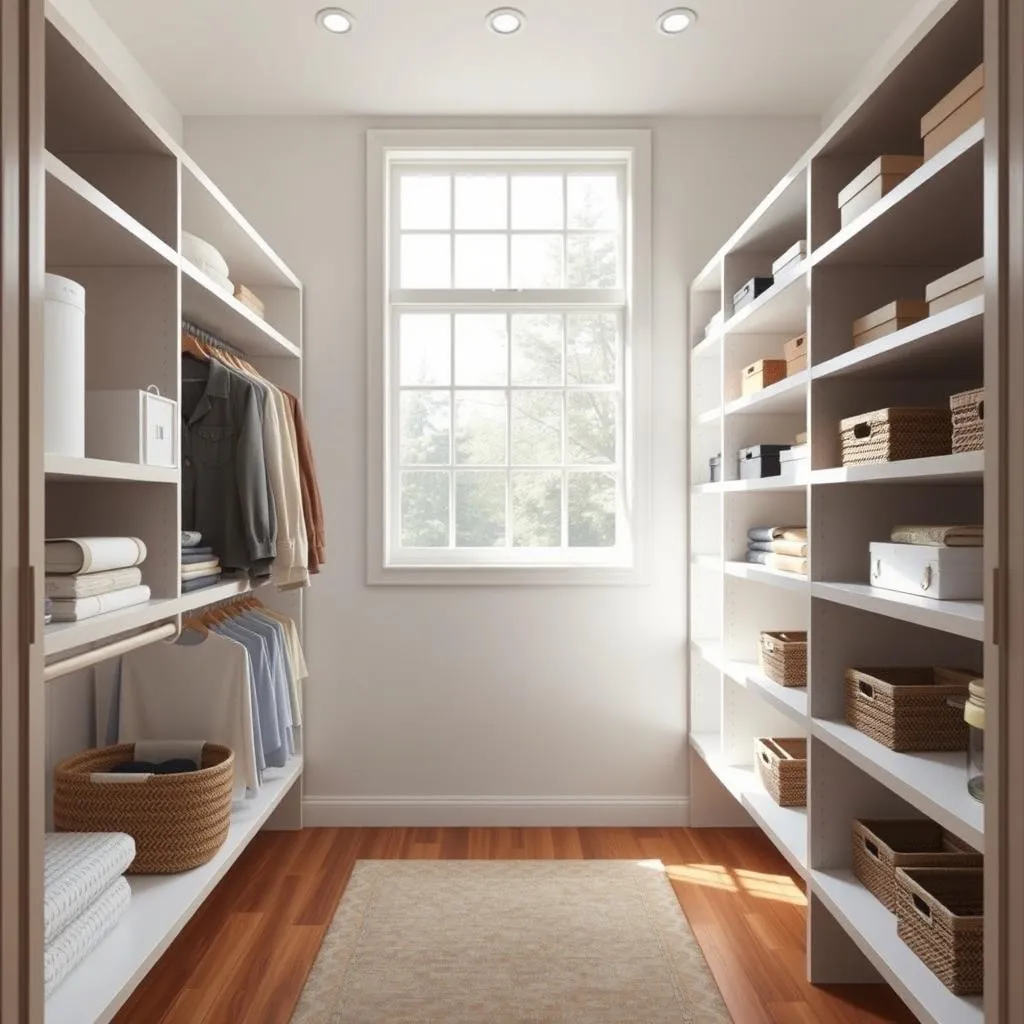
2. Assessing Your Walk-In Closet: A Detailed Audit
Before you dive into designing your dream closet, take the time to assess your current situation. This detailed audit will help you determine the best solutions for your specific needs and space limitations.
2.1 Measuring Your Space: Getting Started
Grab your measuring tape and carefully measure the dimensions of your walk-in closet. Note the height, width, and depth, including any unusual features like slanted ceilings or recessed areas. This information is crucial for selecting and arranging your storage solutions effectively.
2.2 Identifying Current Challenges and Opportunities
What are the biggest issues with your current closet setup? Is it cramped, dark, or simply inefficient? Identify any wasted space, such as awkward corners or unused vertical areas. Once you’ve pinpointed the challenges, you can begin to brainstorm creative solutions that address these specific issues and capitalize on opportunities to maximize your space.
3. Maximizing Space with Smart Design Strategies
With the measurements and your needs defined, it’s time to start maximizing the space in your walk-in closet. Effective design strategies can make a huge difference in how much you can store and how easily you can access everything.
3.1 Strategic Placement of Shelves and Rods: Optimizing Vertical Space
Don’t underestimate the power of vertical space. Strategically placing shelves and rods at varying heights can accommodate clothes of different lengths and types, eliminating wasted space above hanging garments. Think about utilizing double hanging rods to double your hanging capacity.
3.2 The Power of Zones: Creating Designated Areas
Dividing your closet into zones for different clothing categories (e.g., shirts, pants, dresses) streamlines your daily routine. Consider dedicating a specific area for seasonal items, and another for accessories. This organizational strategy creates a visual flow and makes finding specific items a breeze.
3.3 Corner Solutions: Unlocking Often-Wasted Space
Corners are often neglected spaces in closets. Utilize corner shelving units or custom-built solutions to maximize this often-wasted area. These solutions can efficiently store shoes, purses, or folded items.
4. Clever Storage Solutions for Every Item
Let’s delve into specific storage solutions tailored to different types of items. Remember, the key is to choose solutions that optimize space and keep items readily accessible.
4.1 Shoe Storage Solutions: From Simple to Sophisticated
Shoe storage options range from simple shelves to tiered racks and even pull-out drawers. The choice depends on your collection size and personal preferences. For a sleek and space-saving solution, consider vertical shoe racks. 
4.2 Hanging Organization: Maximizing Your Wardrobe
Use slimline hangers to maximize hanging space. Consider cascading hangers for additional space. For delicate items, consider specialized hangers like padded or velvet hangers to prevent creases and slipping.
4.3 Drawer Dividers and Organizers: Taming the Chaos
Drawer dividers are an absolute game-changer for keeping folded items organized. They prevent clothes from becoming a jumbled mess and make it easy to find specific items. Consider using fabric dividers for flexibility and adaptability.
4.4 Jewelry and Accessories: Elegant and Efficient Storage
Jewelry and accessories often require dedicated storage. Consider using drawer inserts, jewelry boxes, or hanging organizers to keep these items organized and tangle-free. This will both protect your valuables and create a sense of visual calm.
5. Incorporating Lighting and Functionality
Lighting and functionality are often overlooked aspects of walk-in closet design, but they make a significant difference in the overall experience.
5.1 The Importance of Adequate Lighting
Adequate lighting is crucial for visibility. Install bright, energy-efficient lights to illuminate the entire closet space. Consider layering lighting with overhead fixtures, under-shelf lights, and even motion-sensor lights for convenience.
5.2 Adding Mirrors: Enhancing Space and Functionality
A full-length mirror is an essential addition to any walk-in closet. It not only enhances the sense of space but also allows you to check your outfit before heading out the door.
5.3 Functional Features: Outlets, Seating, and More
Think beyond the basics. Consider adding electrical outlets for hair tools or charging devices. A small stool or bench provides a comfortable space for putting on shoes or selecting outfits. These seemingly small details dramatically improve the usability of your closet.
6. Budget-Friendly DIY Walk-In Closet Makeovers
You don’t need to break the bank to achieve a stylish and functional walk-in closet. Many DIY solutions can significantly improve your space without a hefty price tag.
6.1 Repurposing Existing Items
Before buying new storage solutions, take inventory of existing items that could be repurposed. Old crates, baskets, and shelves can all be used creatively to store clothes and accessories.
6.2 Affordable Storage Solutions from DIY Stores
DIY stores offer a wide array of affordable storage solutions such as shelves, bins, and organizers. By carefully selecting items that fit your space and needs, you can achieve a significant upgrade without exceeding your budget. 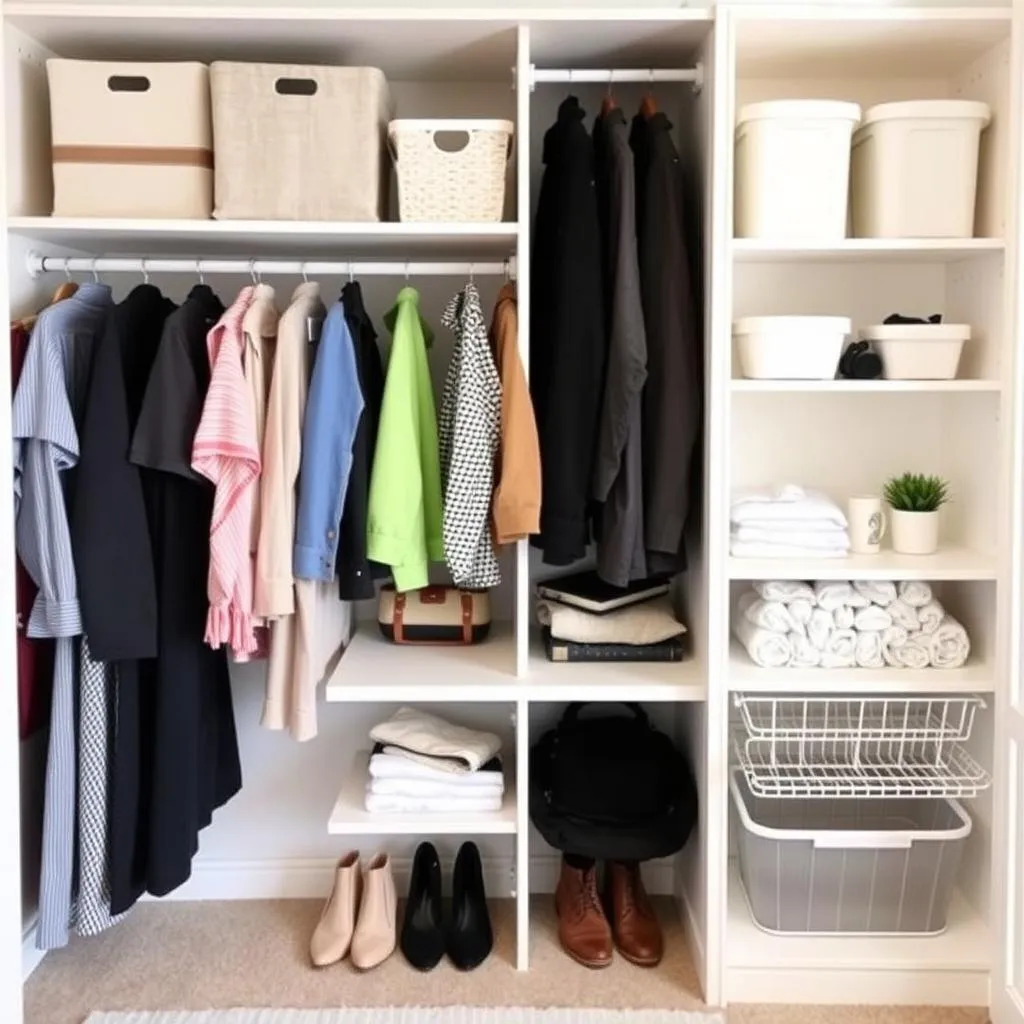
7. Investing in Professional Help: When to Call in the Experts
While DIY projects are fantastic, sometimes it’s worthwhile to invest in professional help. There are circumstances where professional expertise brings significant benefits.
7.1 Recognizing the Benefits of Professional Design
A professional closet designer can help maximize space utilization, suggest innovative storage solutions, and create a cohesive design that integrates seamlessly into your overall home style. They can also handle complex installations and ensure everything is perfectly fitted.
7.2 Understanding the Cost Considerations
The cost of hiring a professional designer will vary depending on the size of your closet and the complexity of the project. Weigh the cost against the potential benefits and long-term value.
8. Maintaining Your Organized Closet: Tips and Tricks
Maintaining your organized closet is key to sustaining the positive impact. Here are a few easy tips to ensure your closet remains a haven of calm. Regular decluttering, seasonal swaps, and sticking to a system are crucial.
9. Conclusion
Transforming your walk-in closet from a chaotic jumble to a serene and functional space is entirely achievable. By carefully assessing your needs, implementing smart design strategies, and choosing the right storage solutions, you can create a closet that not only improves your daily life but also enhances your overall wellbeing. Remember, it’s an investment in yourself and your home, a space that reflects your style and allows you to start each day feeling organized, calm, and empowered.
10. FAQs
1. What’s the best way to declutter my walk-in closet before organizing it? The best method is the “one in, one out” rule, coupled with ruthless editing. Ask yourself: Have I worn this in the past year? Does it still fit? Do I truly love it? If the answer is no, it’s time to let it go.
2. How much should I budget for a walk-in closet makeover? Costs can range dramatically from under $100 for a DIY refresh to several thousand dollars for a complete professional design and installation. Your budget will depend on your chosen solutions and whether you’re opting for DIY or professional help.
3. What are some must-have items for a walk-in closet? Must-haves include adequate lighting, a full-length mirror, ample shelving and hanging space, and organizational tools like drawer dividers and shoe racks. The specific items will depend on your clothing and accessory collection.
4. What’s the best way to choose the right storage solutions? Consider the types of items you need to store (shoes, clothes, accessories), the available space, and your personal preferences. Don’t be afraid to mix and match different types of storage solutions to create a custom setup that works best for you.
5. How often should I reorganize my walk-in closet? It’s recommended to conduct a minor tidy-up every few weeks and a more thorough reorganization every season (or as needed) to manage seasonal clothing changes and maintain order.

